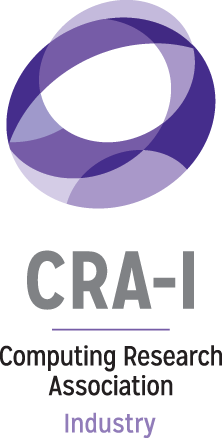NSF Selects CRA to Create Computing Community Consortium:
The National Science Foundation announced on September 18 an agreement with the Computing Research Association (CRA) to establish a consortium of computing experts that will provide scientific leadership and vision on issues related to computing research and future large-scale computing research projects. Under the three-year, $6 million agreement, CRA will create the Computing Community Consortium (CCC) to identify major research opportunities and establish “grand challenges” for the field. The CCC will create venues for community participation for developing visions and creating new research activities.







